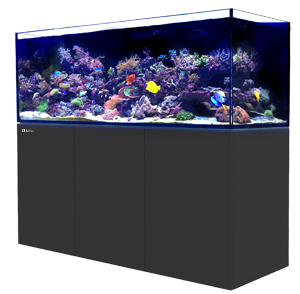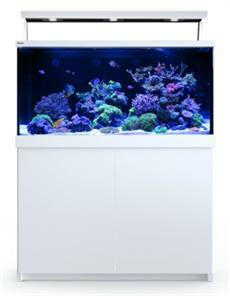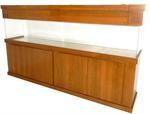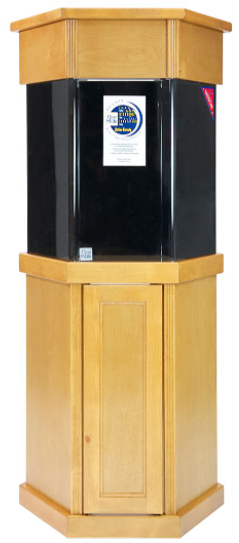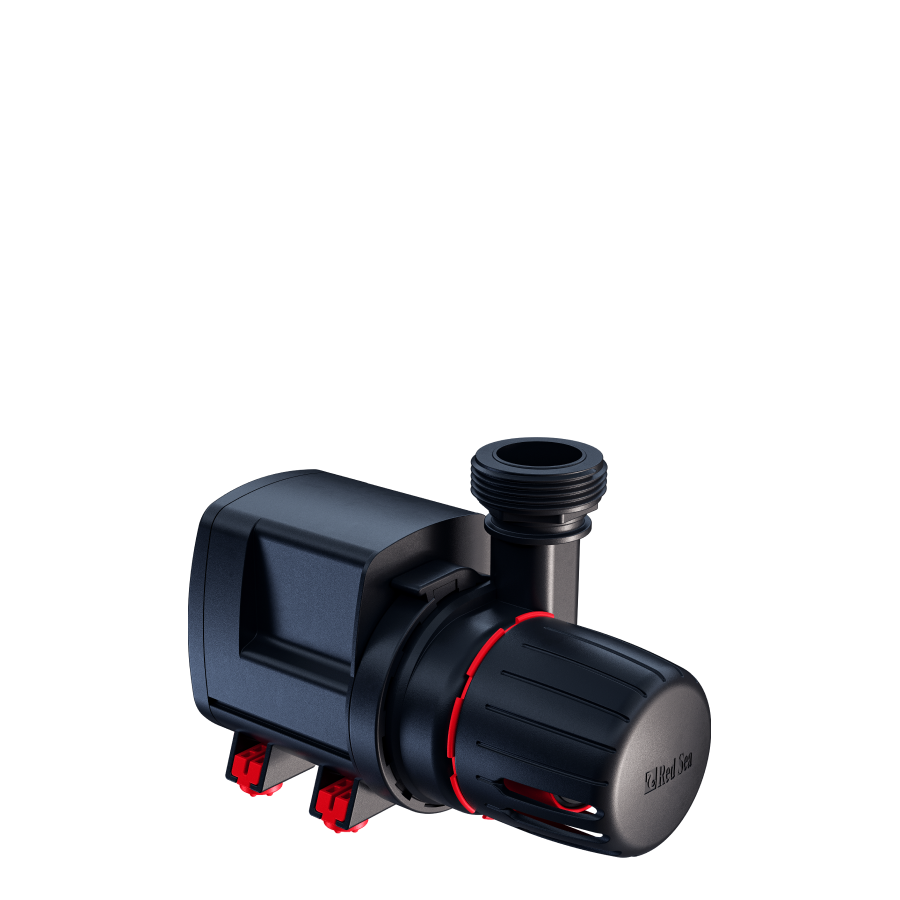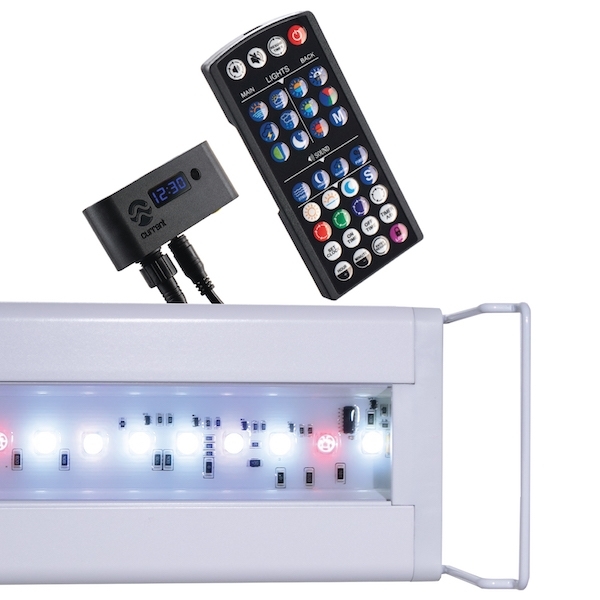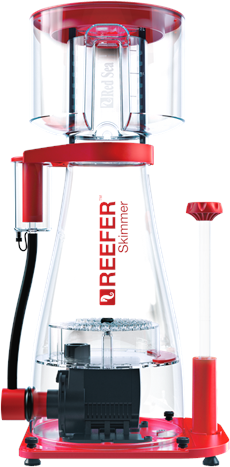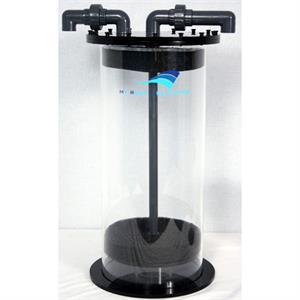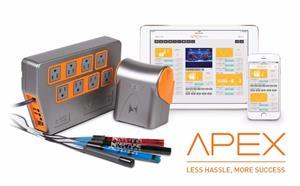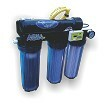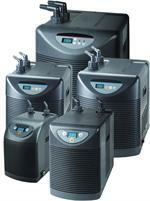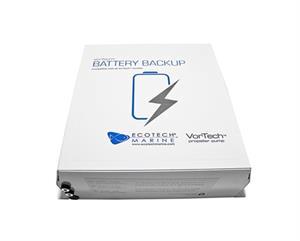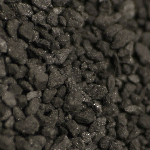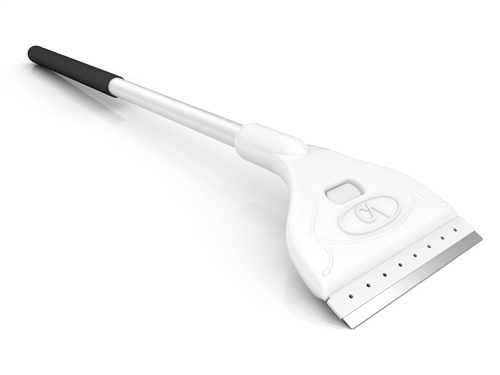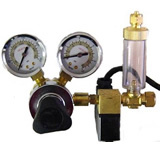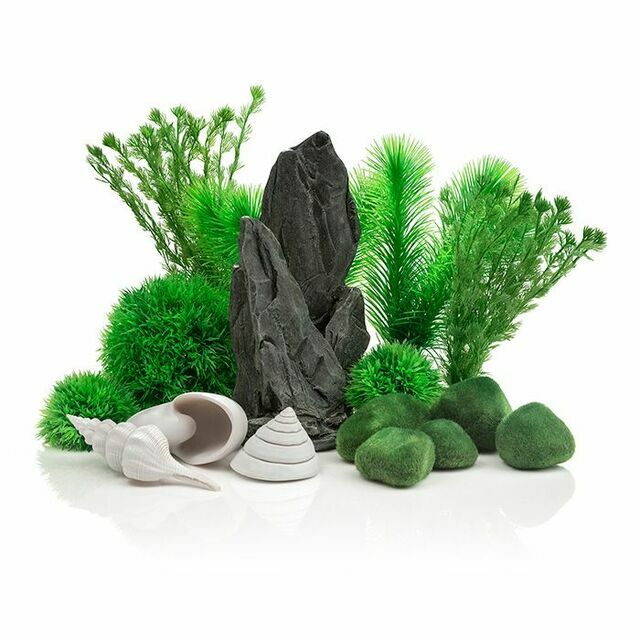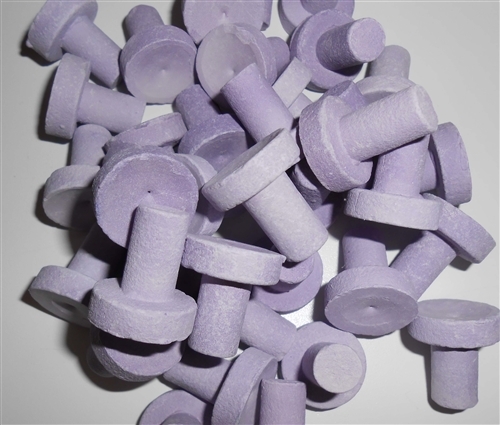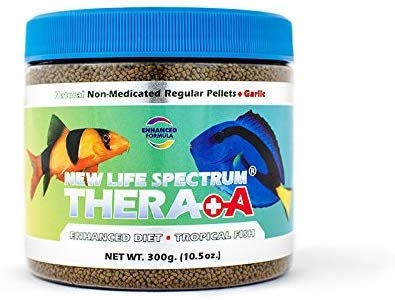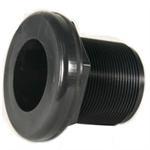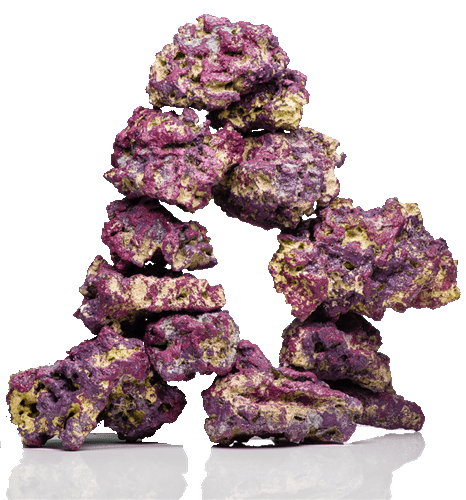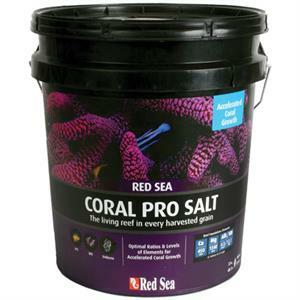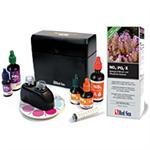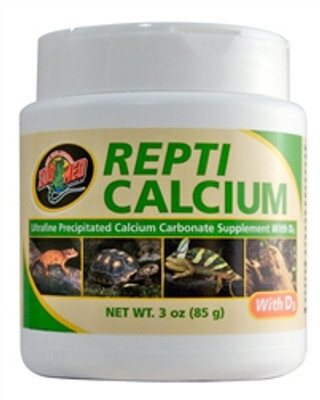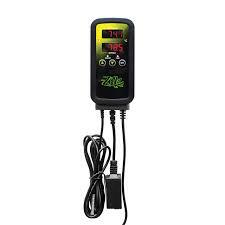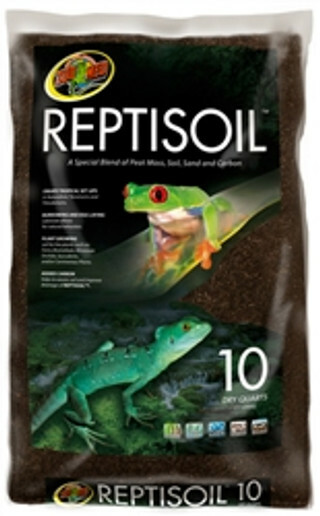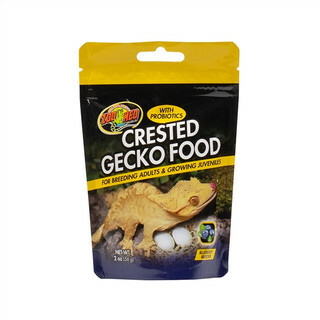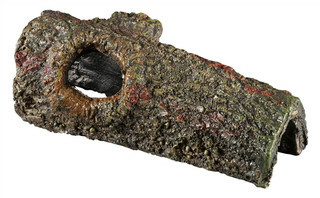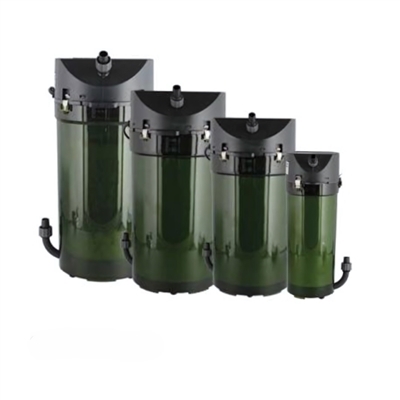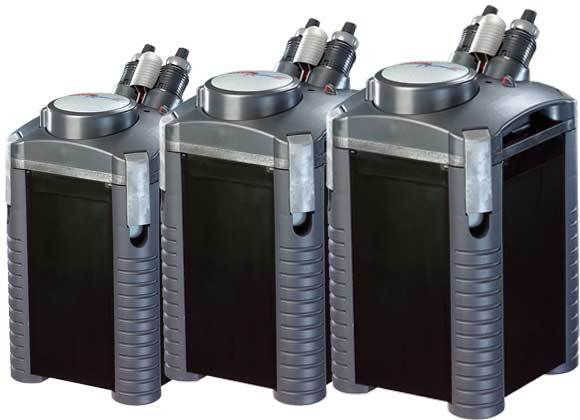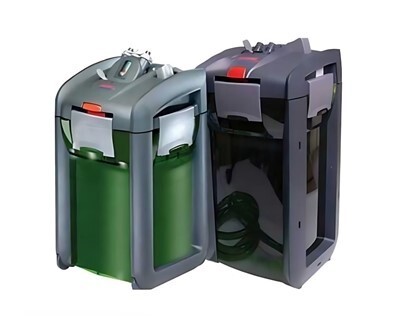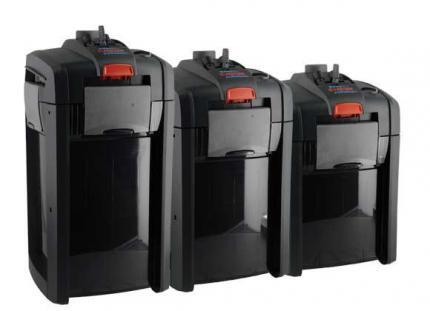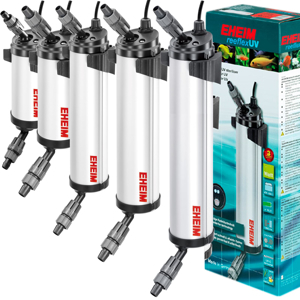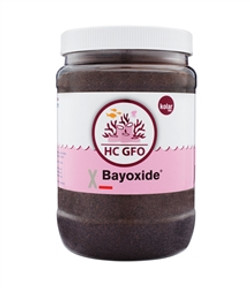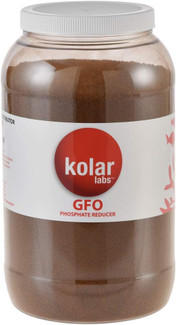KOLAR FILTRATION IS THE EXCLUSIVE DISTRIBUTOR FOR LANXESS FOR GFO Bayoxide® E33 HC to the aquatics industry in North America.
THIS IS THE ORIGINAL, HIGH QUALITY PHOSPHATE AND SILICATE REMOVAL MEDIA, KNOWN FOR ITS EXTREMELY HIGH QUALITY, AND EFFECTIVENESS AT ADSOBING PHOSPHATES AND SILICATES, TO PREVENT AND ELIMINATE UNWANTED ALGAE GROWTH IN FRESH AND SALTWATER AQUARIUMS, PONDS AND AQUACULTURE FACILITIES.
GFO Bayoxide® E33, IS ALSO KNOWN TO BE EFFECTIVE AT REMOVING ARSINIC AND MANY HEAVY METALS FROM TAP AND AQUARIUM WATER, WITHOUT REMOVING BENEFICIAL TRACE ELEMENTS IN A SALTWATER ENVIRONMENT.
DETAILED INSTRUCTIONS:
• 1) Initial Starting dose is 1 gram/gallon, in media bag or fluidized reactor or 1 cup per 128 gallons to start, 1 cup per 64-gallon standard dose. In saltwater, GFO Bayoxide® E33 HC has almost 4x the capacity of standard GFO Bayoxide® E33, so half dose is possible, and media has the potential to last 4x as long at full dose.
• 2) Monitor aquarium phosphate level, add or change media when levels start to rise, or if algae increases. Sometimes the algae consume so much phosphates that test shows low levels while algae growth is still present. After first 2-3 weeks, continue increasing amount of GFO until algae is controlled, or switch to High Capacity for stubborn algae problems. For optimal effectiveness, do not allow overall Phosphate levels to test above 0.05ppm. Pro Tip: Test water coming directly from the phosphate reactor for phosphates. If any phosphates are present, GFO should be increased or replaced.
• 3) Pre-filter water going into reactor, and water going out (example: filter sock on effluent to trap fines, especially with new media). Pro tip: Remove all sponges before and after media in reactors and replace with plastic mesh to prevent clogging. Add small check valve to pump side of water line/keep return line submerged, to prevent back siphoning into pump in a power cut.
• 4) Rinse all new media and discard discolored water from rinsing before use. Pro tip: Use bucket full of tank water and submerge pump and reactor in it. Run pump with return line running to drain until discoloration stops, then return line back into bucket. Run for a few minutes checking for proper fluidization. Check for Air bubbles or pockets, and gently tap or tilt reactor to eliminate them. Return pump and reactor to sump or tank together.
• 5) Check weekly for good flow and fluidization. If clogged, dump reactor contents into 5-gallon bucket with tank water, stir and poor off debris. Media can then be returned to reactor in part or whole. Pro tip: Use this technique when changing media, and save approx. 1/4 of old media to mix into new media, keeping bacterial cultures stable to prevent bacteria or algae bloom from media change. If used in canister filter, use micron bag to hold GFO preferably in thin layers to keep good flow, and reduce channeling through media.
• 6) If any negative coral reaction is noticed after new or changed media, reduce amount by half. Dropping phosphates too quickly can cause shock, once established, overdose is unlikely and phosphates will not leach back into system.

